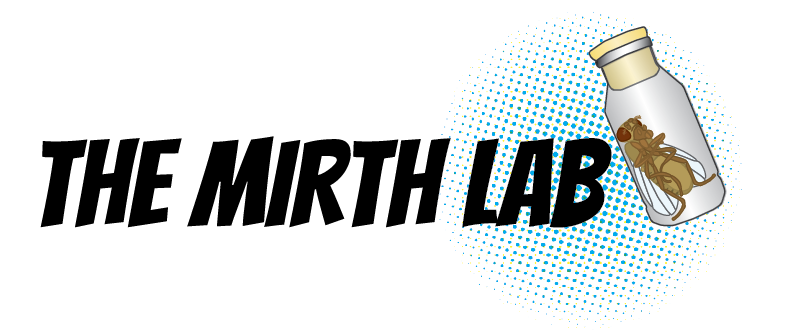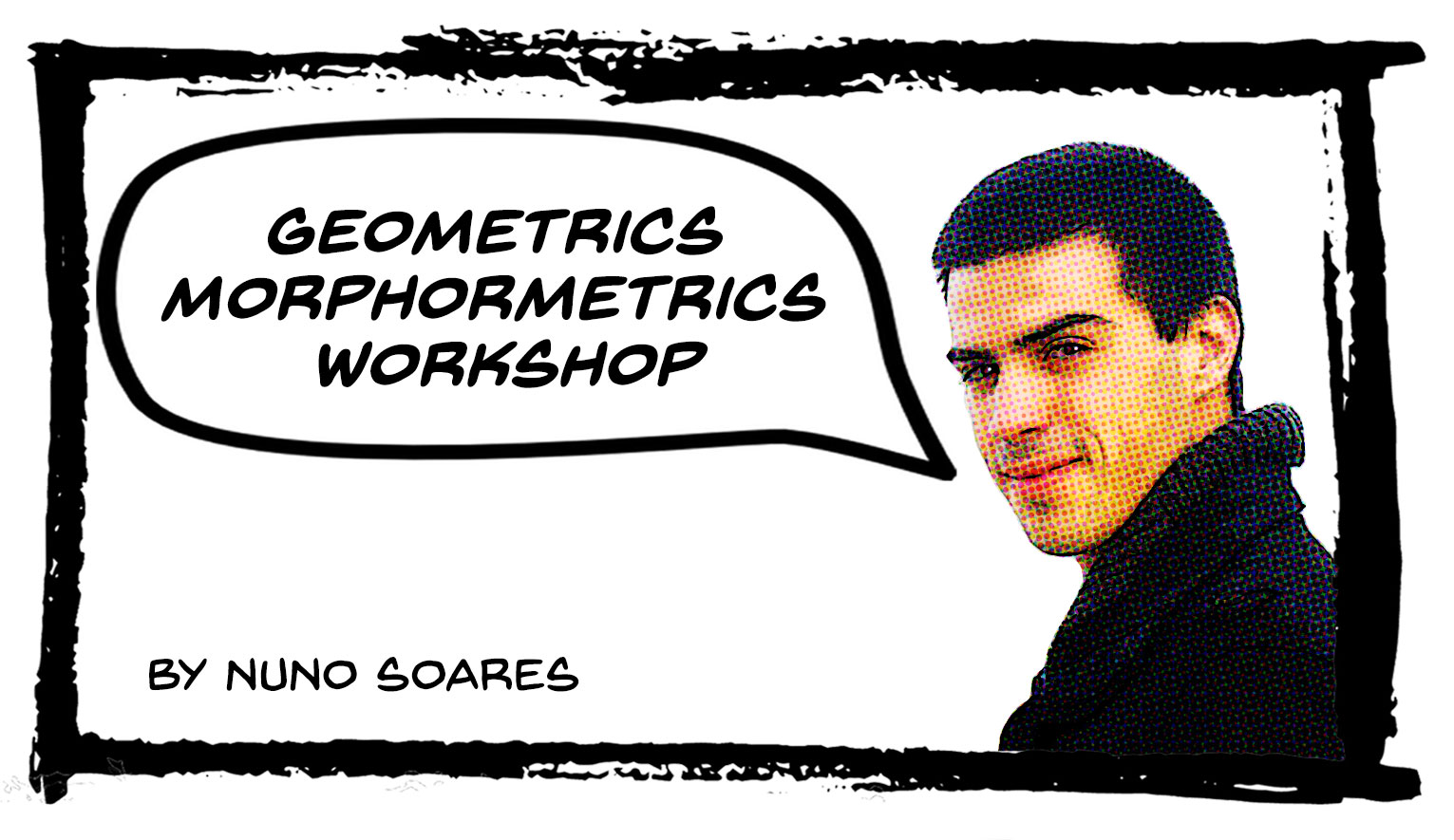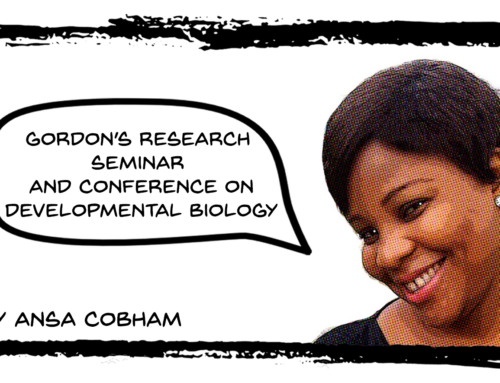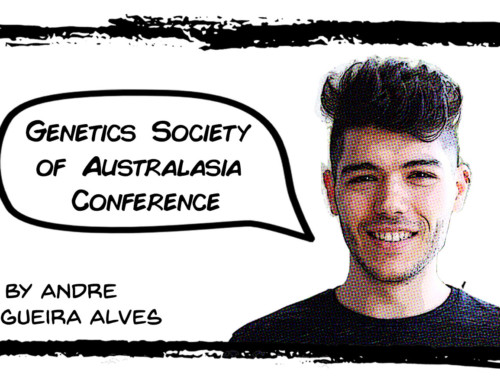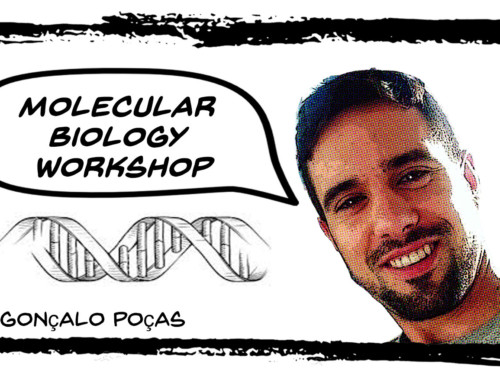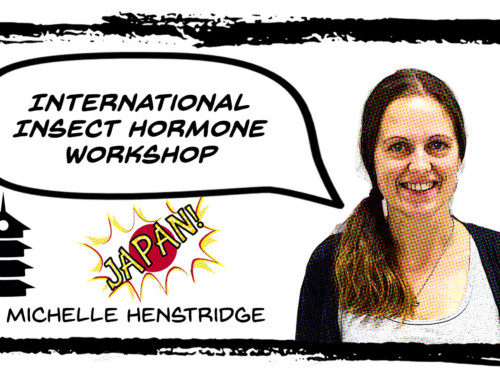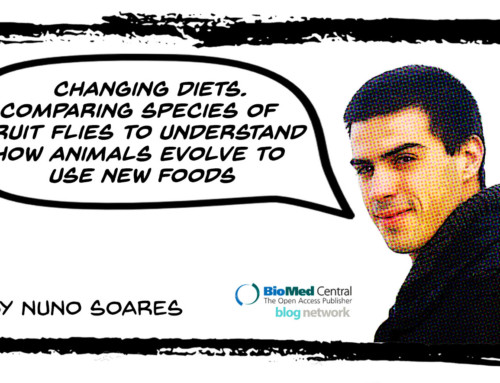Geometrics Morphometrics Workshop – 15th September 2017
Workshop by Nuno Soares, Blog Post written by Ansa Cobham
In the Mirth lab meeting today, members were pleased to have the Piper lab join in a practical workshop hosted by Nuno on Geometric Morphometrics.
Before the practicals, Nuno introduced Geometrics Morphometrics as an analytic method for measuring and characterizing variation in the shape of morphological structures. Broadly speaking, morphometrics can be divided into three classes of study: Traditional morphometrics, which measures the differences in the length, area and width of body parts, Geometric morphometrics, which measures the shape of different objects by using coordinates which are points of reference on the object and are called landmarks, and Outline morphometrics, which uses surface outline analysis to quantify shape relative to circles or spheres.
The focus of Nuno’s workshop was on landmark-based approaches to morphometrics. Nuno described the types of landmarks or semi-landmarks. Landmarks are clear morphological features that can be identified in all samples. Semi-landmarks are used to account for curves and other points, which need to be anchored in between true landmarks.
When choosing landmarks across samples, several criteria need to be taken into consideration:
– Landmarks need to capture the variation throughout the entire region of interest
– Landmarks need to be homologous i.e. present in all samples
– Landmark points need to be replicable
In terms of number of landmark points, no definitive number of points is set but increasing the number of landmarks and semi-landmarks increases the capacity to capture variation.
After selecting landmarks, data collection and analysis involves three steps:
- Data collection: involving the process sample preparation, image collection, and landmark capture;
- Procrustes superimposition: This step includes scaling and standardizing images to the same size and orientation;
- Data analysis: This step involves the use of software to analyse data acquired in the first two steps.
For our practical session, we examined previously acquired landmark data from Nuno’s thesis with the Geomorph package in R.
Members present:
Mirth lab – Alex, Ansa, Andre, Celina, Christen, Goncalo, Mark, Michelle, Teresa
